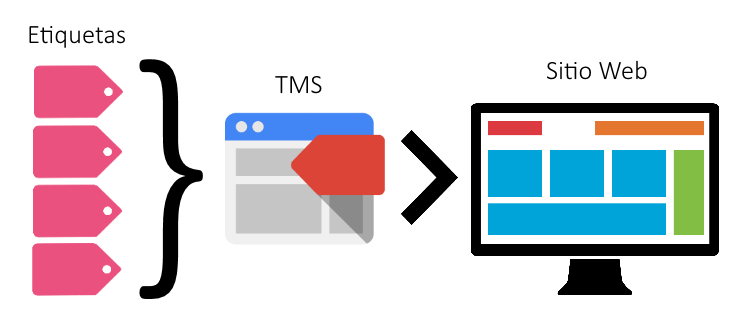
Implementing external services or code within a website presents a significant challenge, as multiple efforts are required to reflect changes. These services or code can be difficult to implement and maintain.
A Tag Management System (TMS) can help us manage and organize our resources more efficiently.
What is a Tag Management System?
A Tag Management System (TMS) is a tool that allows us to implement different solutions through elements, known as tags, within the system, without the need to insert code directly into the website.
A tag performs a specific task on the site. It can be used to add external services such as Google Analytics, execute JavaScript code, insert HTML, and more.
What are Tag Management Systems used for?
Tag Management Systems help us achieve our marketing objectives more efficiently by enabling marketing teams to implement, manage, and control their own tags without relying on developers.
Among other functionalities, TMS platforms allow us to:
- Add new tags.
- Modify existing tags.
- Configure execution rules for tags.
- Set exceptions or restrictions for tags.
Most TMS platforms also include user and permission management, environment controls, and even testing tools to preview changes before publishing them on the website.
How does a Tag Management System work?
A TMS is integrated into a website through a JavaScript snippet. Once implemented, it executes tags on the site according to the predefined rules.

There are different Tag Management Systems available, with some of the most popular being:
- Google Tag Manager.
- Tealium.
- Adobe Launch.